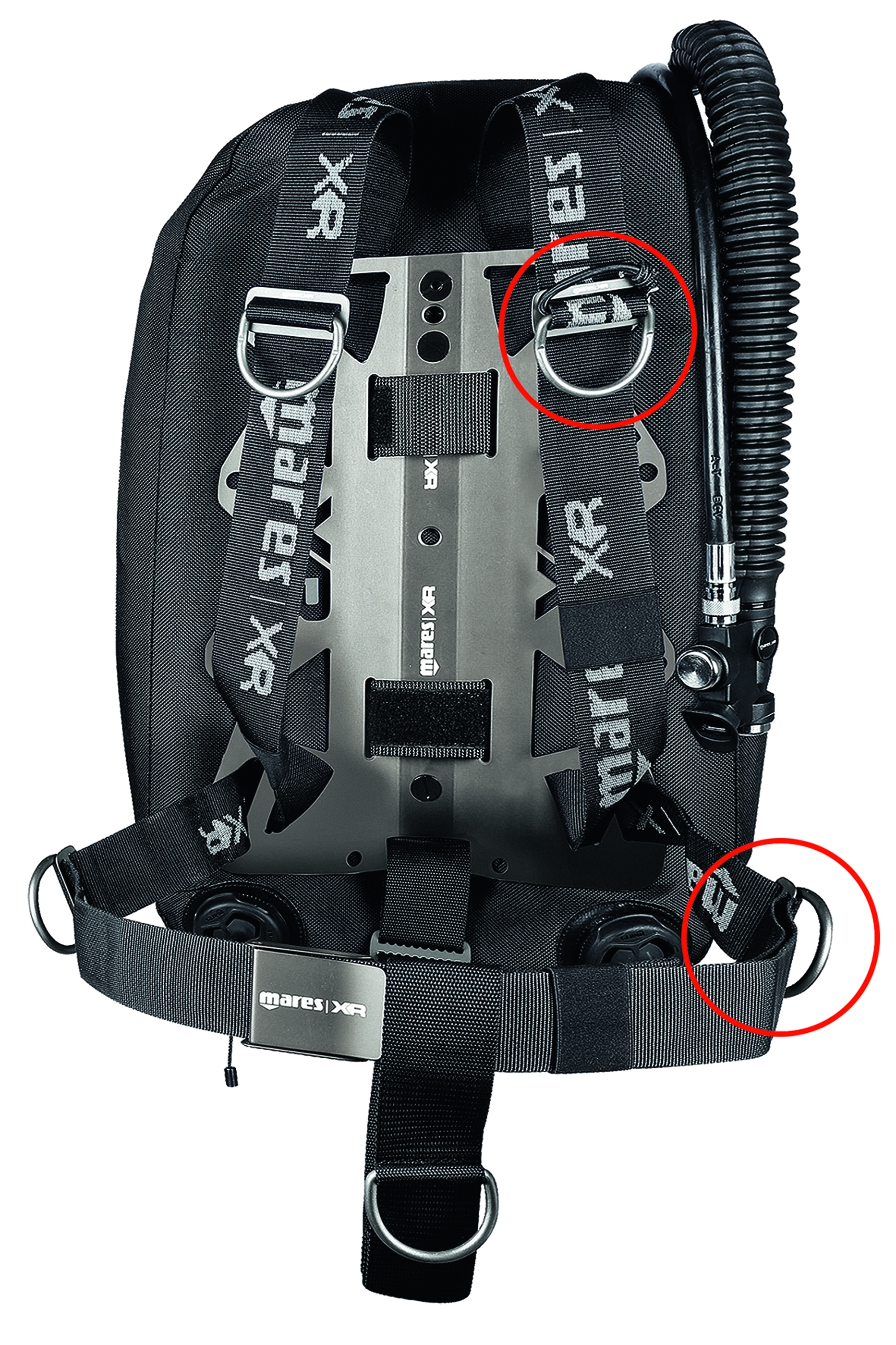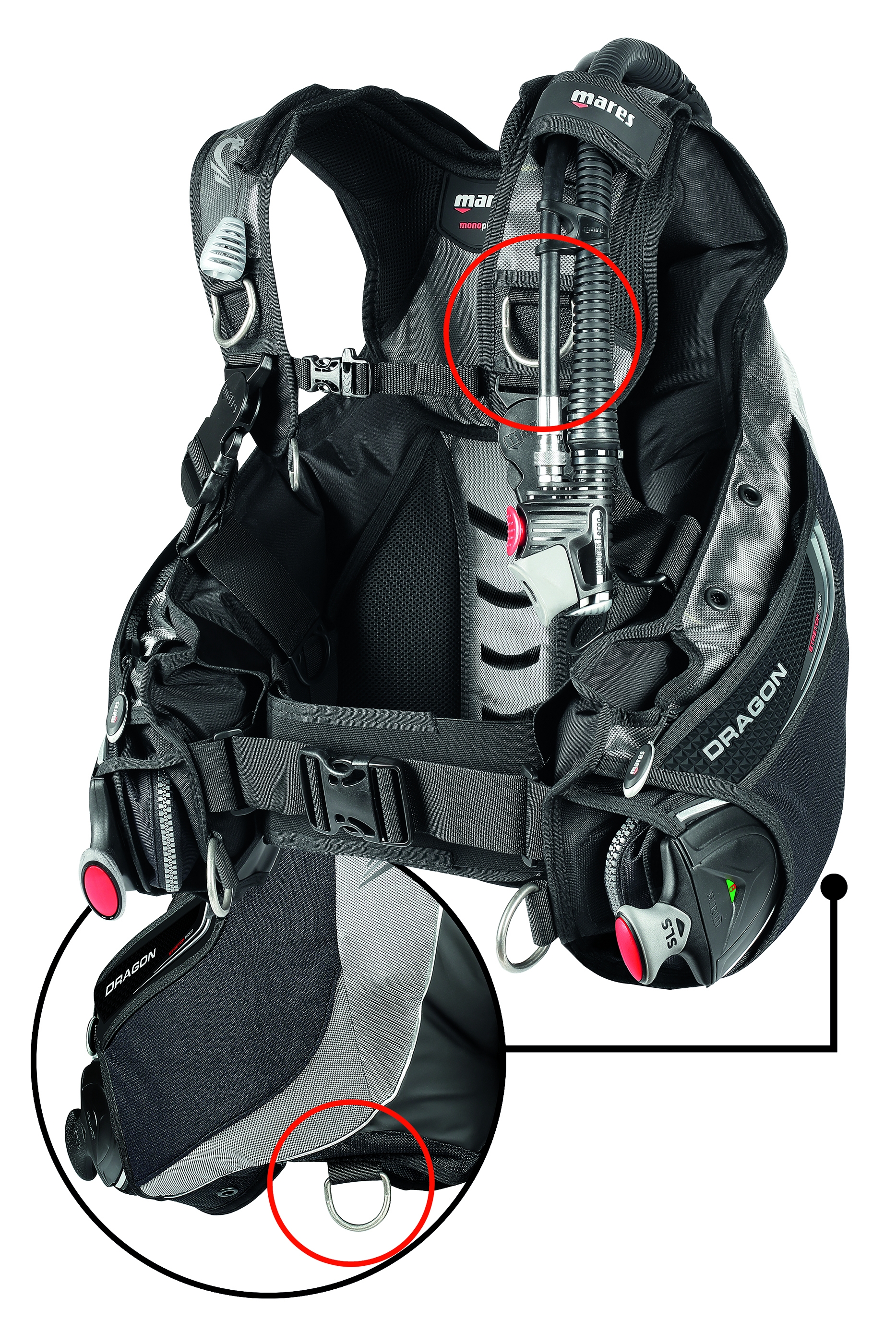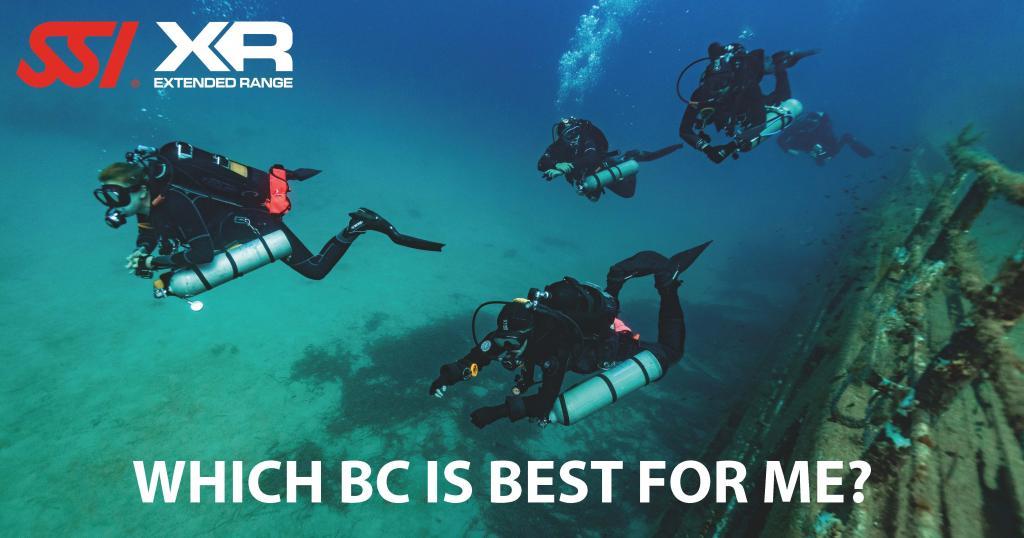Deco Diving: Which Buoyancy Compensator is Best?
March 16, 2021
The equipment you choose has a significant impact on your performance and comfort when you go decompression diving.
The right equipment helps you manage the challenges of deco diving, reduces diver fatigue, and helps you make the most of every dive – whether you are training to become an
Extended Range diver or you are a seasoned pro. There are many great buoyancy compensators out there that work for decompression diving, but you need to understand their benefits and limitations. Read on to find out more in our guide to choosing the right buoyancy compensator for you.
Types of buoyancy compensator for decompression diving.
There are two types of backmount buoyancy compensator (BC) that can be used for single-cylinder decompression dives:
- Traditional jacket-style BC.
Either configuration is appropriate, but each design has certain benefits and disadvantages.
1. Jacket-Style design.
Benefits:
The jacket-style design is the most widely used type of buoyancy compensator used by recreational, no-decompression divers. Almost every major equipment manufacturer has multiple models of jacket-style BCs in all shapes and sizes. Some designs are gender-specific for an improved fit, and some offer customizable configurations for alternate air sources, inflation options, weight configurations, accessory attachment options, and more.
Some jacket-style BCs have an internal air bladder that partially wraps around the diver’s body, creating a more comfortable upright position at the surface.
The convenience and ease of use make jacket-style BCs one of the more popular options for rental fleets and entry-level divers.
Limits:
The wraparound design of the jacket-style means that the air migrates around the diver’s torso to fill the various regions of the bladder. This can create pockets of trapped air during depth changes, limiting the diver’s horizontal body position—their trim—or making it harder to add or remove air during ascents and descents.
Even when neutrally buoyant, a diver wearing a jacket-style BC may be slightly out of trim.
This causes their legs to drop a bit and increases their workload as they move through the water. This can be especially challenging when using a stage cylinder during decompression dives. The D-rings on a jacket-style buoyancy compensator may not be ideally oriented for attaching a stage cylinder. They may also be smaller than recommended, or they may be positioned over a storage or weight pocket, which can create problems during the dive.
LEARN HOW TO USE AND MAINTAIN YOUR DIVE KIT WITH SSI.
2. Backplate and Wing Design.
The backplate and wing configuration was the buoyancy compensator of choice for technical divers but has become more popular with recreational divers as materials and configuration options improve. The basic configuration philosophy is very simple; the diver wears a harness made from a single piece of webbing that is woven through a metal—either aluminum or steel—backplate. A wing with an internal air bladder is mounted on the backplate so it sits between the diver and their cylinder.
Benefits:
Decompression divers typically use a backplate and wing because they can be customized to meet the diver’s specific needs.
Other divers appreciate the simplicity of the configuration, or the benefits of a backmounted air bladder, which makes it easier to achieve a horizontal trim position while submerged. The smaller front profile also allows for a greater range of motion and less interference. The harness can often be adjusted to fit another diver through a series of simple adjustments, eliminating the need to know the diver’s size requirements.
The wing can also be easily swapped for a wing with a greater lift capacity, allowing the diver to use one backplate for multiple cylinder or equipment configurations. The hip D-ring on the harness is often larger than the one on a jacket-style BC, making it easier to attach a stage cylinder.
The backplate can be exchanged for a heavier or lighter one, or quick-release weight pockets can be added or removed to change the amount of weight carried during the dive.
Limits:
Despite its popularity, the backplate and wing configuration can be less comfortable, especially for inexperienced divers.
Since the harness is typically formed from a single piece of webbing, it can be less comfortable than the traditional jacket-style BC, especially if the diver carries a lot of weight. Some harnesses also lack a quick-release feature, which makes removal more difficult in an emergency.
The backmounted wing improves horizontal trim underwater, but the air bladder has a tendency to push the diver’s head forward on the surface. This can be uncomfortable for inexperienced divers, especially if surface conditions are less than ideal. This obstacle is overcome by practicing with the wing on the surface until the diver is used to its characteristics.
WHAT IS XR DIVING? THE REAL STORY.
Go Decompression Diving with SSI.
Do you want to try decompression diving without having to go entirely technical?
Then the
SSI Decompression Diving Specialty is for you! This exciting new course bridges the gap between recreational and Extended Range programs and teaches you how to conduct a decompression dive up to 40 meters deep.
READ MORE: SSI DECOMPRESSION DIVING – ALL YOU NEED TO KNOW.






